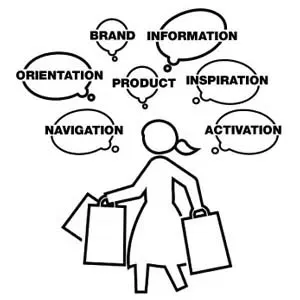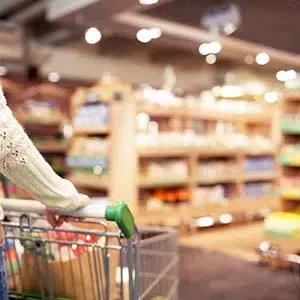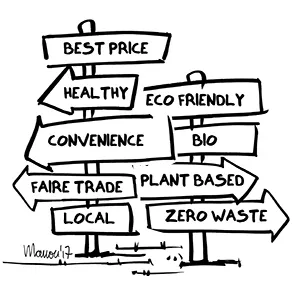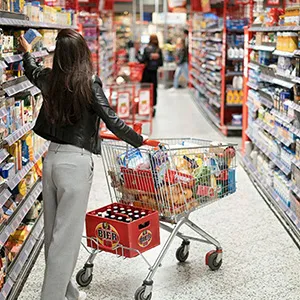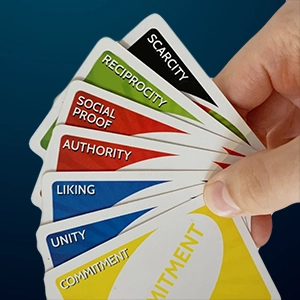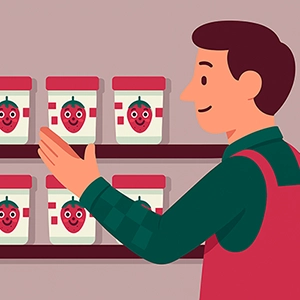About the attention economy in retail:
How brands capture your
undivided attention in shops
At the moment you visit a shop, when you demonstrate commercial intent, brands compete for your undivided attention. But you come to shops too to see something unique or discover new ideas. Or, you want to be advised. What can brands do to stimulate you? And how do they capture your attention? In this article, we look at what retail and brands can learn from the rise of the attention economy, and we provide a few tips.
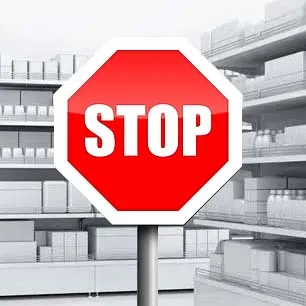
1500 words — bh
#shoppingandtheretailindustry #creativity
#advertisingandmarketing
Today’s economy revolves around attention, or how businesses can attract consumers’ eyeballs. That is why cognitive scientists dig into what drives attention. This led to the impressive success of a new industry: the attention economy. It assumes that your undivided attention is a valuable commodity.
The shop is one of the battlegrounds where brands must be able to compete. As you push your trolleys through the aisles, an endless array of choices is up for grabs, along with a wealth of information. Shopper marketing professionals are aware that every point of sale is a physical interface with the shopping audience.
“When millions of everything [...] appeal for our attention - and most of it is free, it's valuable to be found", Kevin Kelly, Wired magazine
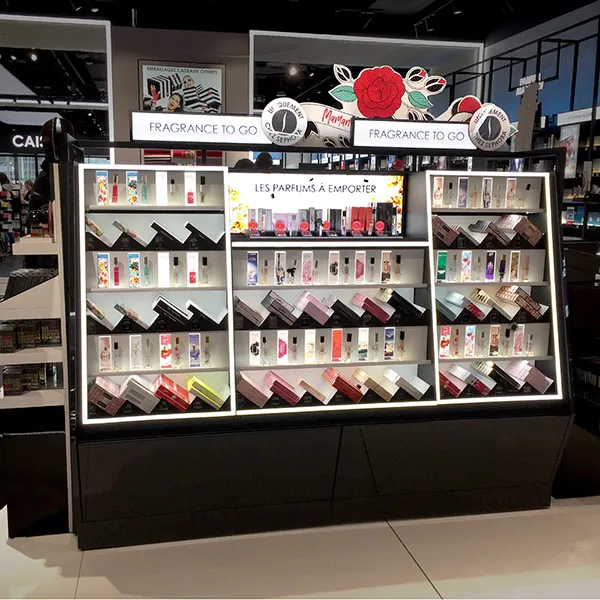
At the exact moment when you are very close to the final stage of your purchase, stores give you free access to advice, inspiration and ideas. Fascinated by experience left or entertainment right, you pay with attention, the new gold according to many. To make shopping easier, you may be willing to wait for recommendations. And if it's not misleading, you welcome sponsored content as thoughtful or useful to support informed choices, consciously or not.
Related article > Why do consumers prefer shopper advertising?Marketers are making the most of your attention. They carefully plan campaigns according to insights about you, your values, purchase missions, and those of other target groups. Marketing specialists want to know to what you are willing to pay attention to, and how (and where) to motivate you to make purchase decisions or cultivate brand loyalty.
But your waking moments are limited. Not the information, but your involuntary attention is the limiting factor. How can marketers win the ongoing race for your attention? We mirror a few tips from the attention economy to point of purchase.
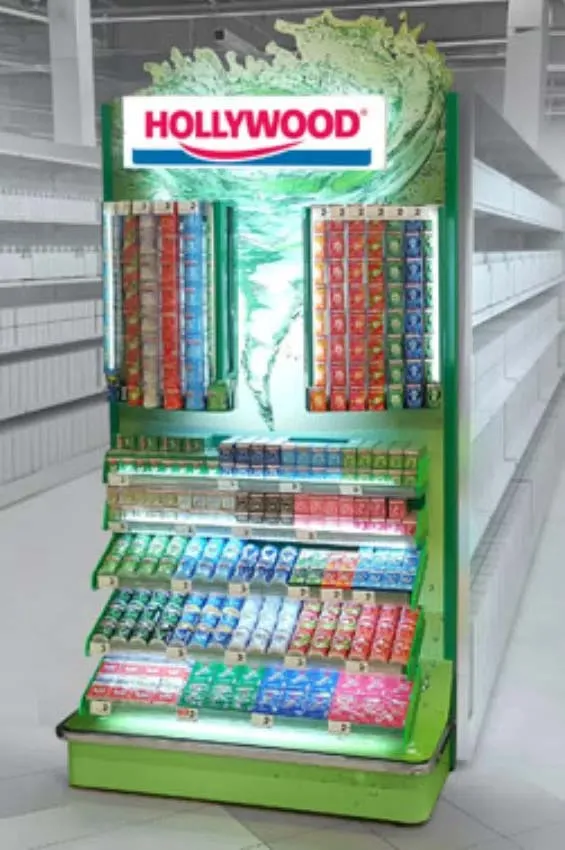
Pilotes specializes in the design of commercial furniture, display and merchandising solutions. We offer 100% customized point-of-purchase materials tailored to the in-store projects of brand and retail. Because we care about the climate and environment, we analyze the lifecycle of each project to avoid, reduce, and offset its impact 🌍🌿
Do you have a project planned? Contact us and let’s bring your vision to life together!
The human adblocker: willful blindness
While your senses send millions of bits of information to your brains every second, you are bombarded with thousands of messages from the advertising industry. You find the rising volume of marketing messages isn’t empowering — it’s overwhelming. Your visual cortex is unable to process this omnipresence; you have learned to ignore the vast majority, or you forget the sales pitch within seconds.
And as the superlatives nestle further into your consciousness, your resistance grows. What once fascinated you, but has lost its appeal, no longer attracts your attention. The endurance of your attention cannot be overestimated.
“The only communication that doesn’t affect us is the kind you learn to ignore, or not hear at all", Tim Wu, Attention is the New Gold.
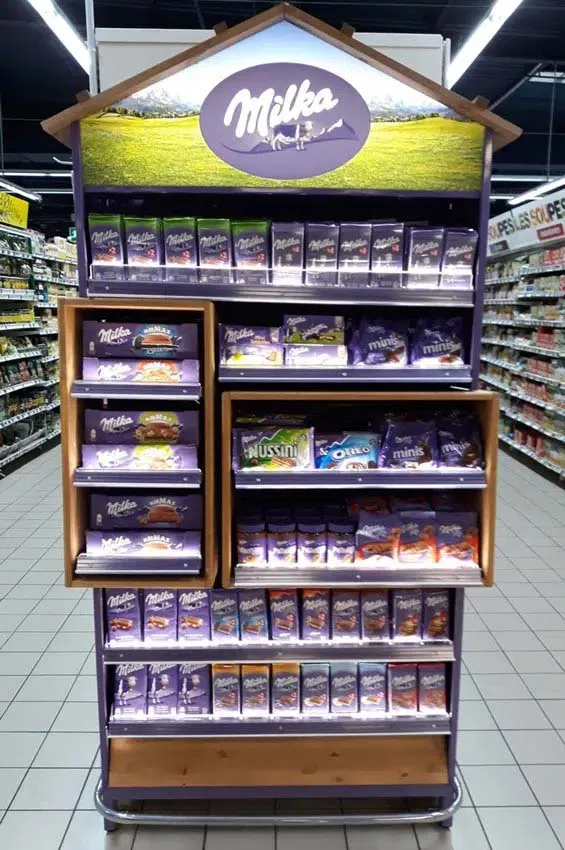
The attention economy has many kings and queens; long before Paris Hilton, context was the first to be crooned. Finding the relevant times and places has been always the winning strategy for any form of communication. The point of sale can bring in the three trump cards of relevance, or synergy — without cookies: the right message at the right time to the right audience. In-store communication must therefore appeal to you as a browsing shopper, when your attention is always focused on the offer.
“Brand advertising on the shelf will not work in most cases. The shopper is interested in solving a purchasing problem, finding the right product, and proceeding with shopping, not in hearing how your brand is great or watching your TV commercial." — Mike Anthony - Shopper Marketing Expert
But instead of seducing you, the vast array of brightly packaged consumer goods can overwhelm you. And you have become accustomed to seeing predictable, one-dimensional, and generic in-store marketing techniques, especially when combined with excessive branding. To stand out, in-store campaigns should offer you original product display, add convenience, value, or entertainment, but above all, visual surprise with subtle branding. By surprising you during your visit, in-store campaigns can catch your attention, and increase the likelihood of purchase.
The battle for attention is a zero-sum game
Retail values the in-store initiatives by their core partners, the brand manufacturers. Curated initiatives provide you with unpredictable experiences — according to attention economists, variable stimuli is the most effective way to strengthen behaviour, shopping in this case. Alternatively, the initiatives can help the store to stand out from competitors. By introducing a sense of energy and disrupting the monotony of your visit, they can refresh you, or help you to stay alert. When manufacturers make their POP material available to attract attention and increase sales, it results in a mutually beneficial situation for brands and retail.
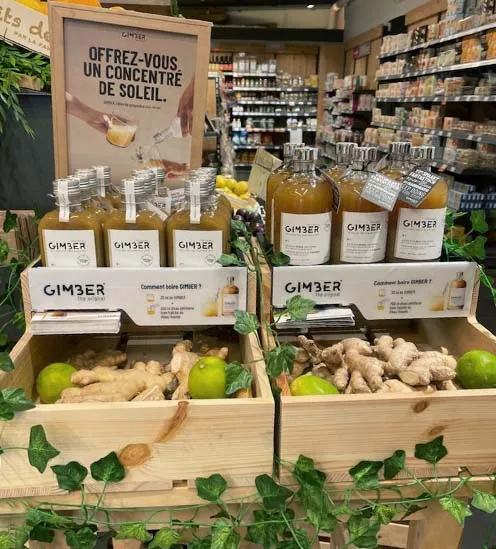
But retail has limited space (and attention), so it is equally important for in-store campaigns to be competitive. This can be achieved through the use of imagery, artwork, contrasting colors, language, shapes, and display, as well as the use of materials and light. In short, the best in-store campaigns tell a clever story that appeals to the target group. This doesn't have to be overly complex; a simple concept, well-executed, can be very effective, as long as it strikes the right chord. And the best brands make the message fast, short, and direct, whatever it is.
To attract the attention of retail partners, the marketing materials could be developed in synergy with their merchandising priorities (and drive for profits). As mentioned earlier, the most relevant POP materials blur the lines between merchandising and advertising.
At the same time, shop directors want to avoid their spaces becoming towers of Babel, where advertisers shout through each other in a cacophonous attempt to reach you. For the sake of balance, only the most relevant and effective campaigns will be curated. In exchange, the brand manufacturers receive increased exposure in trusted environments, resulting in higher sales and loyalty. When they compare the cost of deploying POP materials to renting commercial property, the exchange is beneficial to advertisers.
In the race for attention, time is money; every second counts
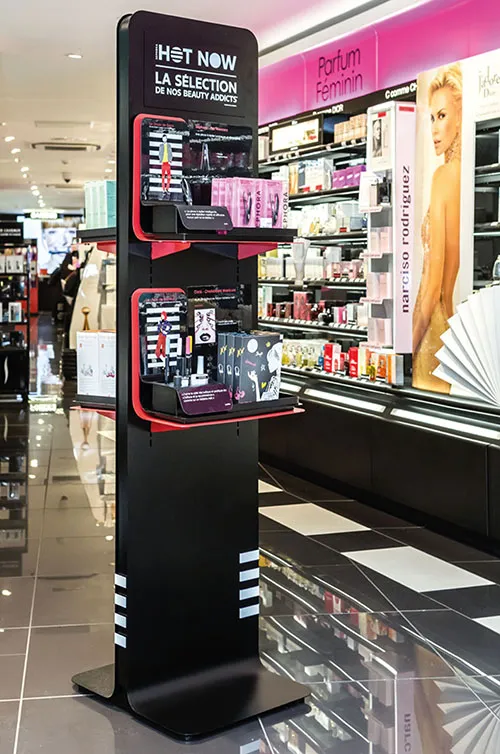
In shops, brands only have a second or two to make an impression. The effectiveness of any marketing initiative is determined by two factors: its stopping power and its retention rate. A creative idea, no matter for what purpose, is only as good as its ability to break through the clutter and grab your attention. Once it has your attention, it must hold it long enough for you to feel connected and motivated to make a purchase. This may seem like a lot of pressure for a quick, impulsive purchase, but as the possible consequences of a bad purchase increase, it's hard to deny that something is happening in your nervous system.
“The single biggest driver of stickiness, by far, is 'decision simplicity' — or the ease with which consumers can gather trustworthy information about a product and confidently and efficiently weigh purchase options. What consumers want from marketers is, simply, simplicity." To Keep Your Customers, Keep It Simple.
The concept of communication hierarchy and the 10-5-1 formula is crucial in shopper marketing. The formula determines the appropriate message based on your distance to an offer. At a distance of 10 meters, a creative and inviting atmosphere can make you curious and generate interest. At 5 meters, you should be able to read and comprehend the offer, making you willing to engage. And at 1 meter, the offer should be compelling enough to convince you to make a purchase, without making you feel as though you are giving up your freedom. This is the essence of the subtle game of temptation in shops, with POP materials that can be both entertaining and persuasive, and from which you can always look away.
Jan. 2023 — bh
POP materials are your energetic ambassadors that can entertain and persuade every shop visitor at the same time. Do you also want to appear on shoppers' radars? Contact us today, together we will develop the best solution for your brand.
